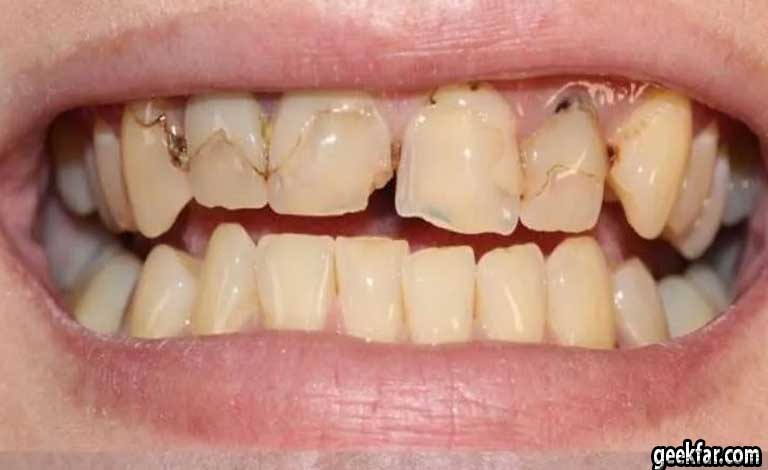Chiropractic health clinics are one of recovery’s most confusing and discouraging aspects. Despite decisions and structured support, many people are once again fixed by addiction. Understand who should peer into the nerve corridor where memories, emotions, and impulses collide. Advances in neuroscience hope for a more resistant way of shedding light on the vulnerable architecture of a relaxed brain and providing insights.
Finding Affordable Rehabilitation Options
When looking for a rehabilitation center, many people worry about costs and insurance coverage. Some rehabilitation centers accept a variety of insurance plans, including BCB. Many centers offer slip costs, financial support, or cooperation with nonprofit organizations, so options are still available to those without insurance. Who chiropractic cares health clinic and contact your rehabilitation center without insurance to inquire about your payment options and potential support programs. Understanding financial options can help you find the right treatment facility even without comprehensive insurance protection.
Reward circuit: Dopamine command
The heart of addiction lies in the reward circuits of the brain, a network that is primarily choreographed by dopamine. This neurotransmitter is synonymous with pleasure and motivation, flooding the brain during the use of the substance and leading to a strong connection between medicine and happiness. Over time, the brain is recalibrated to search for drugs at all costs so that natural rewards such as relationships and successes disappear in comparison. This rewiring not only promotes coercion but also makes the brain hypersensitive to triggers, which is the level of chiropractic care clinics. Neuron plasticity and habitual formation Neuron plasticity is and plays a double role in addiction. It allows for learning and recovery, but repetitive use enhances addictive behavior. All encounters with matter embrace the neuronal pathways and surprise the habits of procedural memory. These automated patterns explain why mere exposure to familiar environments and everyday life can revive strong commands even after problems of abstinence.
Environmental Queues and Memory Coding
The brain is a sophisticated archivist, preserving facts and sensory experiences related to drug use. The sights of a particular place, the scent of matter, and even informal conversations can be powerful environmental notes. Embedded in the hippocampus and amygdale, these charms activate the reward system and cause cravings with incredible strength. This explains the inexplicable appeal of chiropractic care clinics surrounded by memories of previous use.
Emotional condition and neural reactivity
Emotions have a major impact on neural activity. Loneliness, anger, and despair can increase neural reactivity, especially within the limbic system. This increased emotional state lowers the threshold for WHO chiropractic clinics by increasing blunt and impulsive responses to executive function. As a result, emotional regulation will become an important pillar of prevention in chiropractic health clinics, allowing you to navigate turbulent psychological waters without returning to substance use.
Stress, Amygdale and Who Chiropractic Care Health Clinic Sphinx ability
Stress is an impressive distracter searching for continuous recovery. As stressful levels rise, the amygdale, responsible for processing fear and fear, becomes overactive. At the same time, the prefrontal cortex, brain decision centers, and reduction control. This neuronal imbalance undermines involuntariness and makes the appeal of immediate relief from substance use almost appealing. Therefore, stress management is a lifestyle recommendation and a neurobiological command.
The role of cortical in increasing risk at chiropractic health clinic
Cortical, the body’s main stress hormone, regulates the cascade of physiological responses when needed. Chronic increases in cortical not only exacerbate intellectual wells but also sensitize neural circuits associated with desire. Increased cortical increases dopamine transmission in the reward pathway and effectively sets up the neurotoxin template. Understanding this hormone interaction highlights the need for an overall strategy addressing mental and medical clinic chiropractic prevention.
Hindrance and cognitive reconstruction
Mindfulness-based practices have a major impact on brain function. Amygdale activity and improve prefrontal cortex connectivity. This cultivates more emotional resilience and impulsive control, allowing individuals to observe their cravings without succumbing to them. Combined with cognitive reconstruction techniques, mindfulness redesigns thought patterns, allowing healthier neuronal methods to be poorly adapted and shaped.
Drug –Supported New Regulation
Pharmacological interventions are valuable to the neurobiological struggle against chiropractic health clinic clinics. Drugs such as alter one and burgeon Raphine regulate the neurotransmitter system to reduce cravings and relieve withdrawal symptoms. By stabilizing petrochemical variation, these treatments create a cheaper neurological environment to mitigate mitigation and prosperity.
Respect the brain for targeted interventions.
Neuroses back therapy uses brain plasticity to train people to regulate their neural patterns. This approach promotes confidence and improves cognitive control. Over time, neuron feedback can re-adjust dysfunctional circuits, which reduces the likelihood of triggering and making calm decisions.
Stringing Pre-Frontal Cortex Features
Behavioral therapy, particularly cognitive behavioral therapy (CBT), and works hard to strengthen the prefrontal cortex. Individuals learn to predict triggers, strategy coping mechanisms, and control impulsive impulses through structured exercises and reflexive dialogue. This fixation of brain control centers is essential in chiropractic health clinics. .
Conclusion: successful bridges and recovery in neuroscience
The path to recovery is embedded in the nerve structures of the brain. By illuminating the neurological foundations of the WHO Chiropractic Health Clinic, science offers a transformation lens to see addiction recovery. Through integration into neurobiological knowledge and compassionate personal care, people with powerful means provide resistance to chiropractic health clinics. While neuroscience is developing, the promise of a more effective and lasting relaxation trip is rooted in a deeper understanding of not only the will but also the abilities of the human brain.
